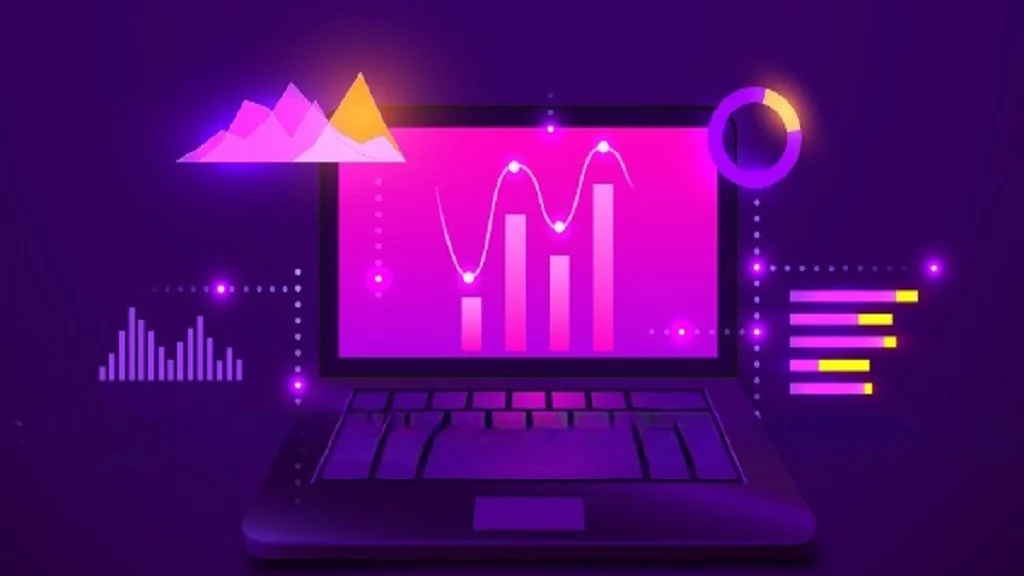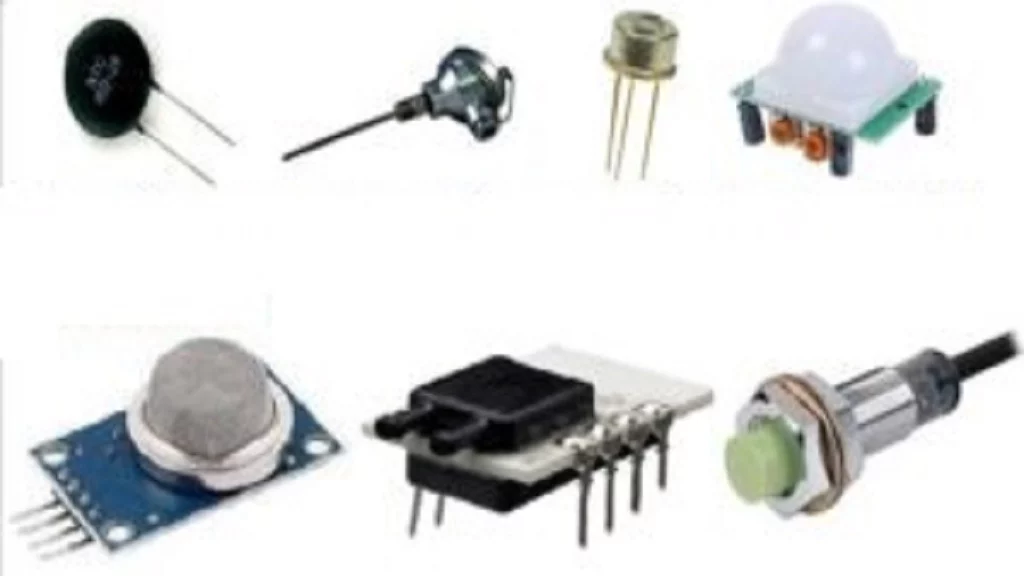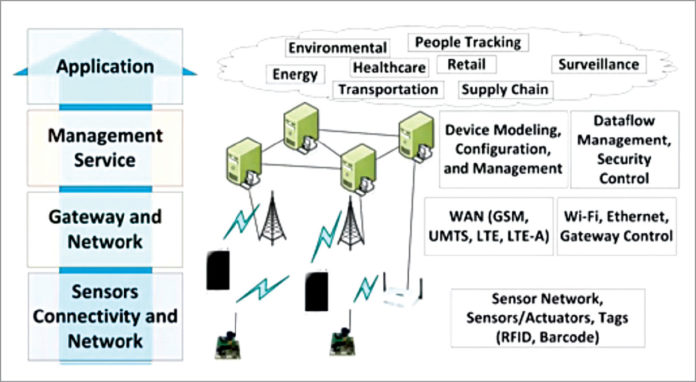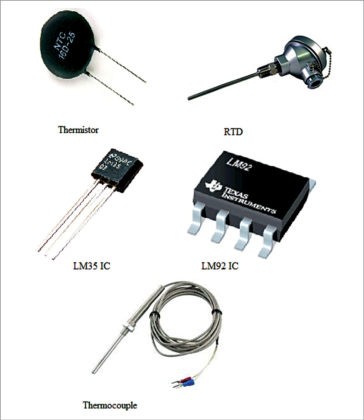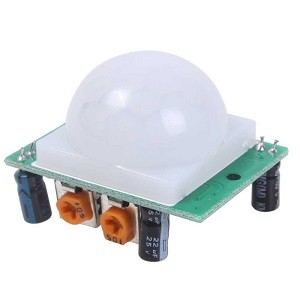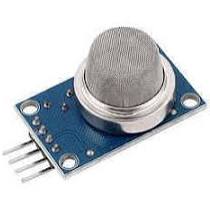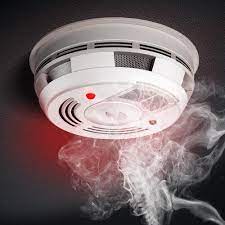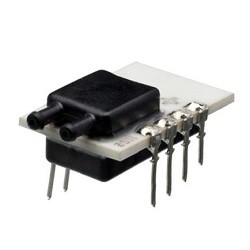How IoT Dashboard utilized for business growth
Multiple organizations that utilize IoT technology find the data they collect from different devices and sensors overwhelming. So they view for alternatives to make their understanding much smoother and faster. Building an IoT dashboard is one of the most efficient ways of overcoming this challenge.
BridgeThings has experience in solving company problems with software solutions, including those based on IoT technology. Our expert development crew knows how to develop a decent IoT dashboard, and this blog will bring you up to activity with what you need to see if you are considering this option.
What is an IoT dashboard?
An IoT dashboard is a web-based software that enables you to manage your ecosystem, get data from each Device, and control its operation. An IoT dashboard is essentially an IoT control panel that can accomplish several distinct goals for any enterprise.
Critical Components of IoT Dashboard
Data Collection from Device:
Each Device gets tonnes of data, for example, voltage, pressure, motion, acceleration, chemical composition, moisture, humidity, pH, air, and water quality. This data is transmitted to the IoT Dashboard to be prepared and presented as penetrations on the interface.
Data storage
It is a crucial part of an IoT dashboard. In a practice, IoT devices with sensors are lightweight and can’t save much data. Thus, the information needs to be transferred continuously to the backend of your dashboard for further storage.
At first, the volume of data strength was not that large, but you will need adequate storage over time. The repository should also enable users to reclaim past data instantly. This way, you can see variations or models and track actions effortlessly.
Data visualization
Data visualization plays a vital role in dashboards, in which data converts into heat maps, geographical maps, tables, line graphs, bubble clouds, pie or bar charts, histograms, statistics, and timelines. Depending upon the end-user needs, it will change, and businesses make better decisions on that.
Alerts
Alerts assist users in not avoiding anything while using a dashboard. If your sensors recognize any difference, peculiarity, risk, or unusual behavior, they’ll post a sign, and you’ll see a warning on the dashboard. If you create a custom IoT dashboard, you’ll choose which important alerts and display them on your interface.
Security
Last but not least, any IoT software development company you choose to build a dashboard web application must be capable of assuring that your IoT details are secure and safe. IoT devices collect a lot of raw data, and any data breach or leakage can be highly damaging to your business’s fame. Make sure to guard your dashboard commands properly for maximum confidence. It’s a good idea to create role-based access levels since it’s essential to restrict users from seeing data they shouldn’t see.
IoT and Analytics are permitting Companies to handle business growth.
Real-time Management – With joined IoT assets, businesses arrest massive troves of real-time data that serves to track products, support, and day-to-day operations. Such acumens can further aid remote asset monitoring, security, and fraud detection, turning to better services for a company.
Analytical solutions developed around real-time data, using ML methods, assist enterprises in allowing intelligent business operations and predictive analytics.
Extended Business-Critical Operations on Mobile platform
Businesses leverage the Enterprise Mobility platform to allow real-time access to meaningful information from any place through handheld devices. Cross-platform mobile apps united with IoT and Analytics drove Cloud solutions to give real-time insights on mobile devices. This data assists companies and their customers in making better decisions in real-time.
For example, a Cloud-based Smart Metering Solution developed throughout water meters assists the utilities and their clients with water waste data in real-time. This method helps the clients in making proper choices towards adequate water consumption.
Automated Work Management System – While automation forms the backbone process in most industries, it can be hugely improved when optimized with Analytics and IoT. It can cover the way for significant changes in the work situation like remote field-force connectivity.
For example, energy consumption can diminish with the help of intelligent IoT devices that produce such situations to notice. IoT solutions can even predict when a system is likely to break or lose, thus manually offloading the workers to shut them down for maintenance. Moreover, IoT and real-time analytics can assist in building a central data repository, which can notify the identification of issues.
Emergency Planning and Recovery – IoT implementation for emergency management can turn out to be one of the biggest game-changing trends. With IoT sensors and alarm systems, troves of real-time data can assist in active monitoring and review. Supports businesses in making crucial decisions.
For example, IoT sensors can adequately monitor the increase in levels of harmful gases in particular industry segments and automatically shuts down the system with a raised alarm. Analytics solutions devised on this critical data can afford opportunities or measures to avoid the probability of a disaster taking place, thereby saving plenty of lives.
Summary
A custom IoT dashboard grants easy data distribution, straightforward data analysis, and better IoT asset control and management. What’s more, it approves businesses to make more effective real-time business decisions, exposes new growth possibilities, and finds acumens that would be hidden.
Many Businesses are combining IoT assets with AWS services and driving analytics through machine learning solutions. AWS IoT Suite offers a center of services to connect, monitor, and control numerous IoT devices. Likewise, data-based real-time and predictive analytics formulated through ML solutions are benefitting Enterprises with informed decisions. Take advantage of AWS IoT consultants and Analytics experts to securely connect IoT assets, analyze critical data, and present insights to the customers – in the way to drive business growth.

